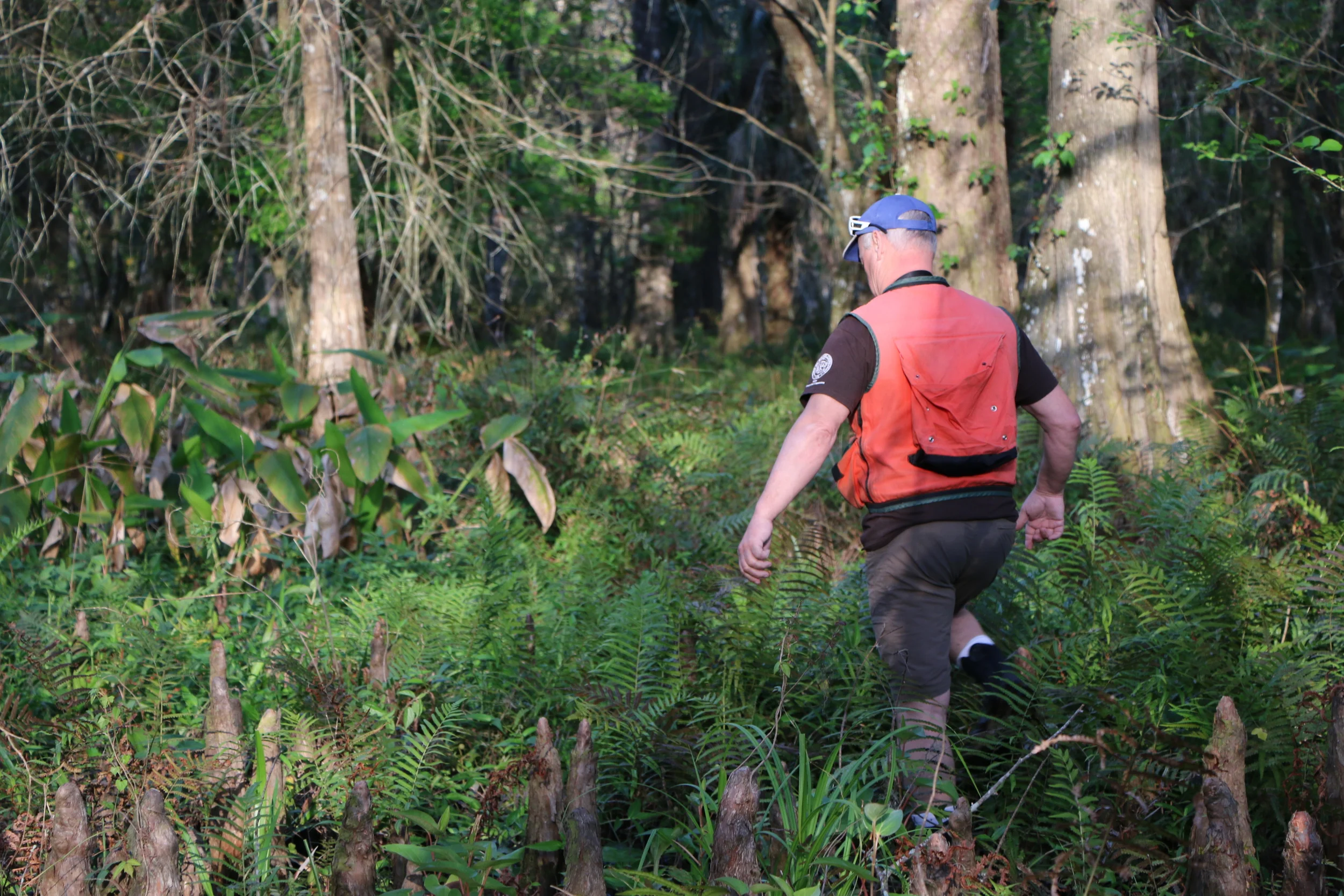Signs of Gypsy Moth:
Be on the lookout for Gypsy Moth caterpillars to emerge soon!
Description of Gypsy Moth:
Gypsy moth egg clusters of 500 or more can be found attached to host trees during winter. Eggs typically hatch in early May in this area. The caterpillars begin tiny and as their population increases they will disperse themselves in a process called “ballooning” where they hang in the air on long silken threads and wait for winds to carry them to new locations. Gypsy Moth caterpillars are about 1/16 of an inch when they hatch and may exceed 3 inches by the time they pupate, which is about 6 weeks later. They feature spiny hairs along their back.
Host Plants:
Oak and many other deciduous tree species, including maple, birch, poplar, willow, apple, hawthorn are susceptible to the Gypsy Moth. White oak is preferred. Conifers are sometimes hosts. Many healthy trees can survive a year of defoliation, but years of attack can cause serious stress and make trees more vulnerable to secondary pests and fungi.
History:
The Gypsy Moth was introduced into the US in Medford, Mass in the late 1860’s. It accidentally escaped from the home of E. Leopold Trouvelot, who was conducting a study on the insect and its silk production potential. Gypsy Moth has spread throughout the Northeast and beyond since then.
Integrative Pest Management (IPM):
We have been on the lookout for Gypsy Moth egg masses through the winter, which can be found on tree trunks and often hiding on the undersides of branches. (See top right photo above) Once the eggs hatch, likely in May, spraying will commence. We have already begun to see some eggs hatching in warmer locations. Call us for a free evaluation. We are using environmentally friendly and safe biological control to protect your green assets.


